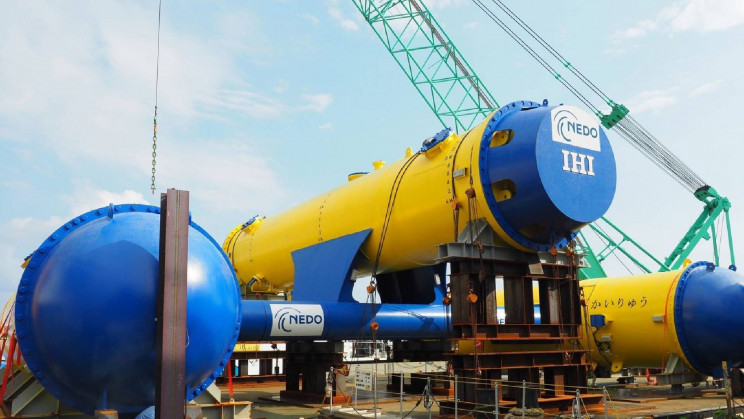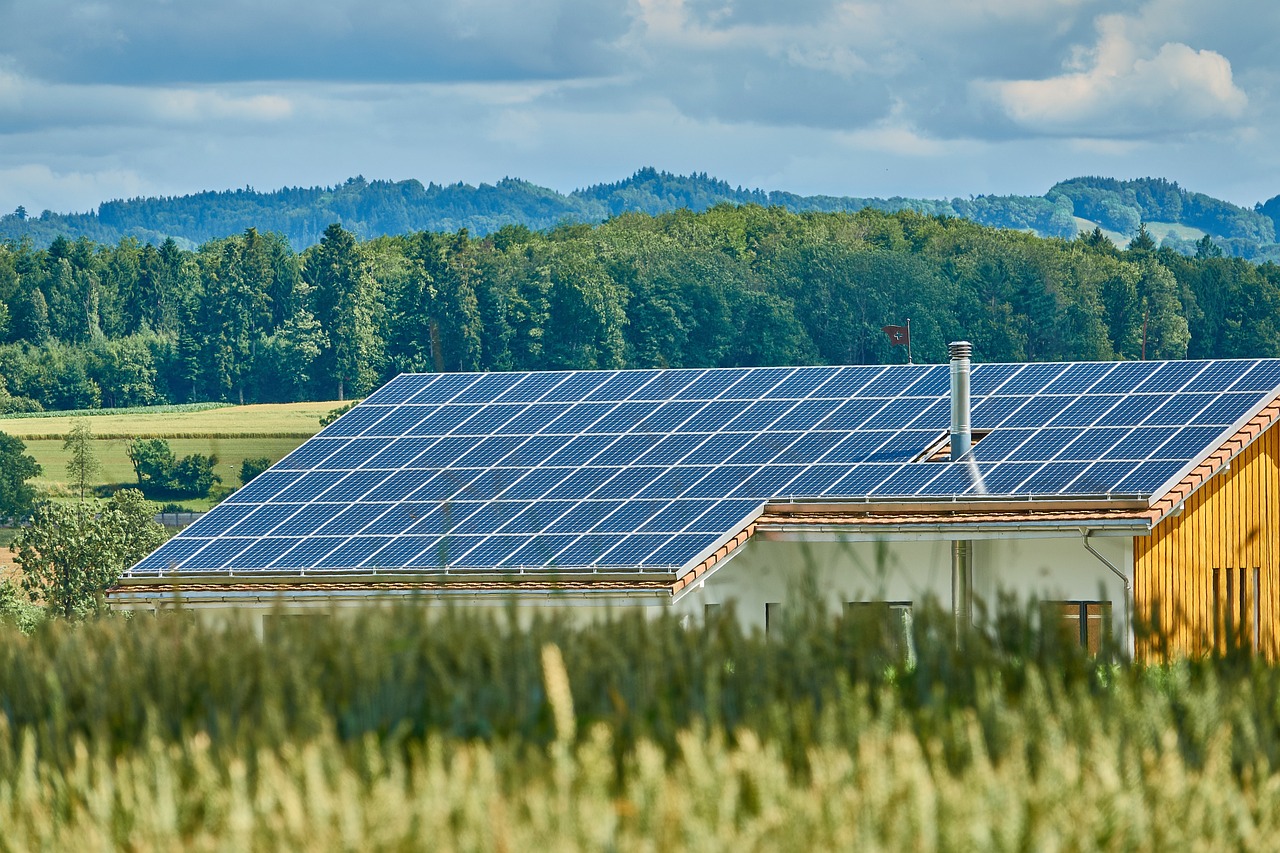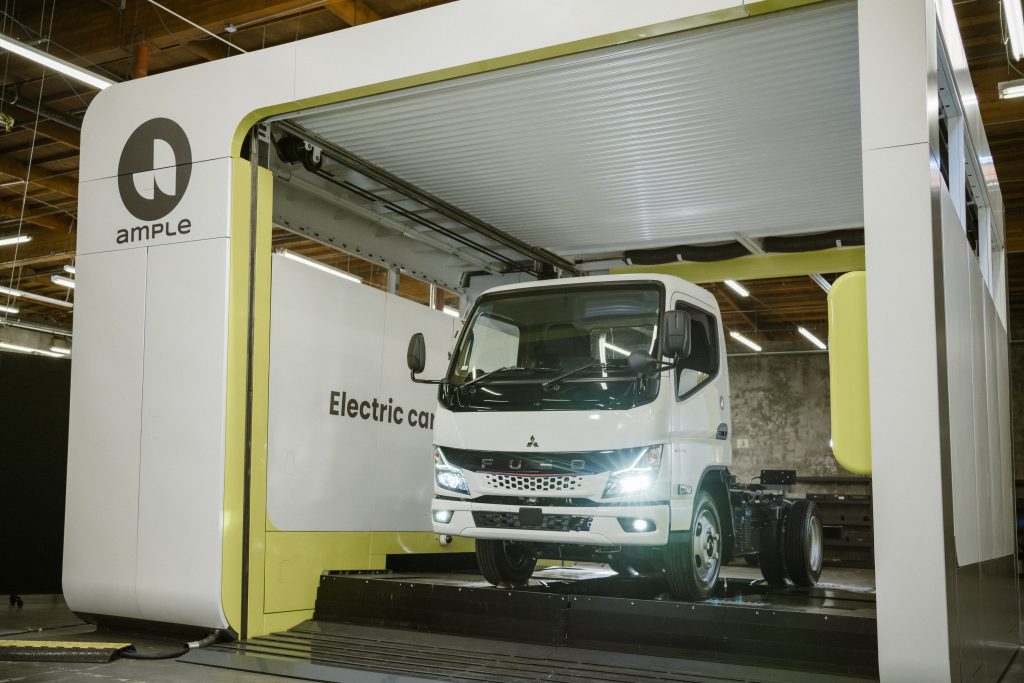The world has witnessed tremendous leaps in productivity of solar collection lately. The various ways of capturing photons to produce electrons to use as electricity now range from more efficient silicon cells to massive thermodynamic power plants. But hydrogen’s portability makes it a viable fuel for a multitude of uses, if only the process of making it could be less expensive.
A team at Ecole Polytechnique Federale de Lausanne (EPFL) in Switzerland seems to have found a way to produce hydrogen fuel much more cheaply and efficiently. Current methods require rare earth materials, which have become problematic due to both rising cost and diminishing accessibility. But the researchers have found they can use the more common earthly perovskite to convert solar and water into liquid hydrogen.
Perovksite is not a substance, per se. It is a crystal-like structure of atoms arranged in three dimensional form. One concern about the materials is the use of lead, though the researchers are currently attempting to use tin instead. Another is that the perovskite is unstable and only lasts for a few hours before the structure breaks down. Again, the researchers are working on means for stabilizing the structures.
So the perovskite serves as solar collector cells that absorb both white light and UV rays. They are activated by catalysts of iron, nickel, and other common metals. Perovskites have a greater capacity than silicon cells (0.7 V.), and this extra bit of voltage allows for sufficient energy production to create water electrolysis (requiring a voltage of at least 1.7 volts) that can split the hydrogen from the oxygen molecules to produce gas. What would require three or more silicon cells in series, can be done with only two thin perovskite cells because of their ability to produce open circuit voltage of 1 V. or more, so two cells are sufficient to achieve the necessary 1.7 volts.
This is an exciting time in alternative energies, with solar energy having multiple options for various uses and wind energy becoming more compact and affordable. They will soon be more reasonably priced for the average homeowner, whether supplied on site or through the local power companies that are ditching dirty coal for more sustainable sources. But hydrogen’s ability to be “bottled” and stored gives us hope for greater efficiency in our cars and for cooking, two very difficult things to do with solar and batteries. And the end waste product of splitting water and capturing the hydrogen, is oxygen.
It was a champagne type moment for the researchers as they watched the bubbles rise from the sun-exposed electrodes. They are pumped up to continue development of even greater efficiency to the process of turning water into hydrogen power. If they are successful, we all may have much to gain in the areas of health and wealth yet little to lose except poor air quality and a warmer planet. Won’t that be nice?






